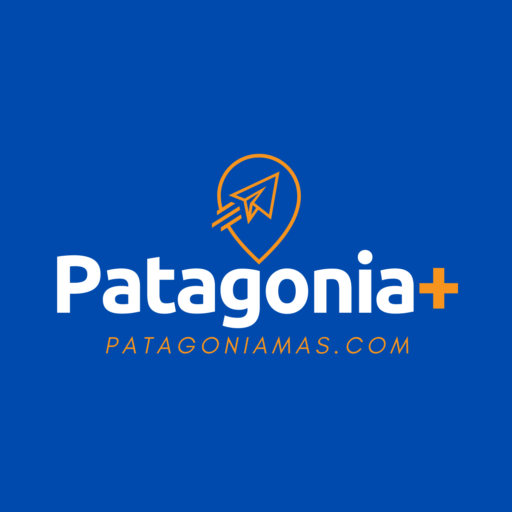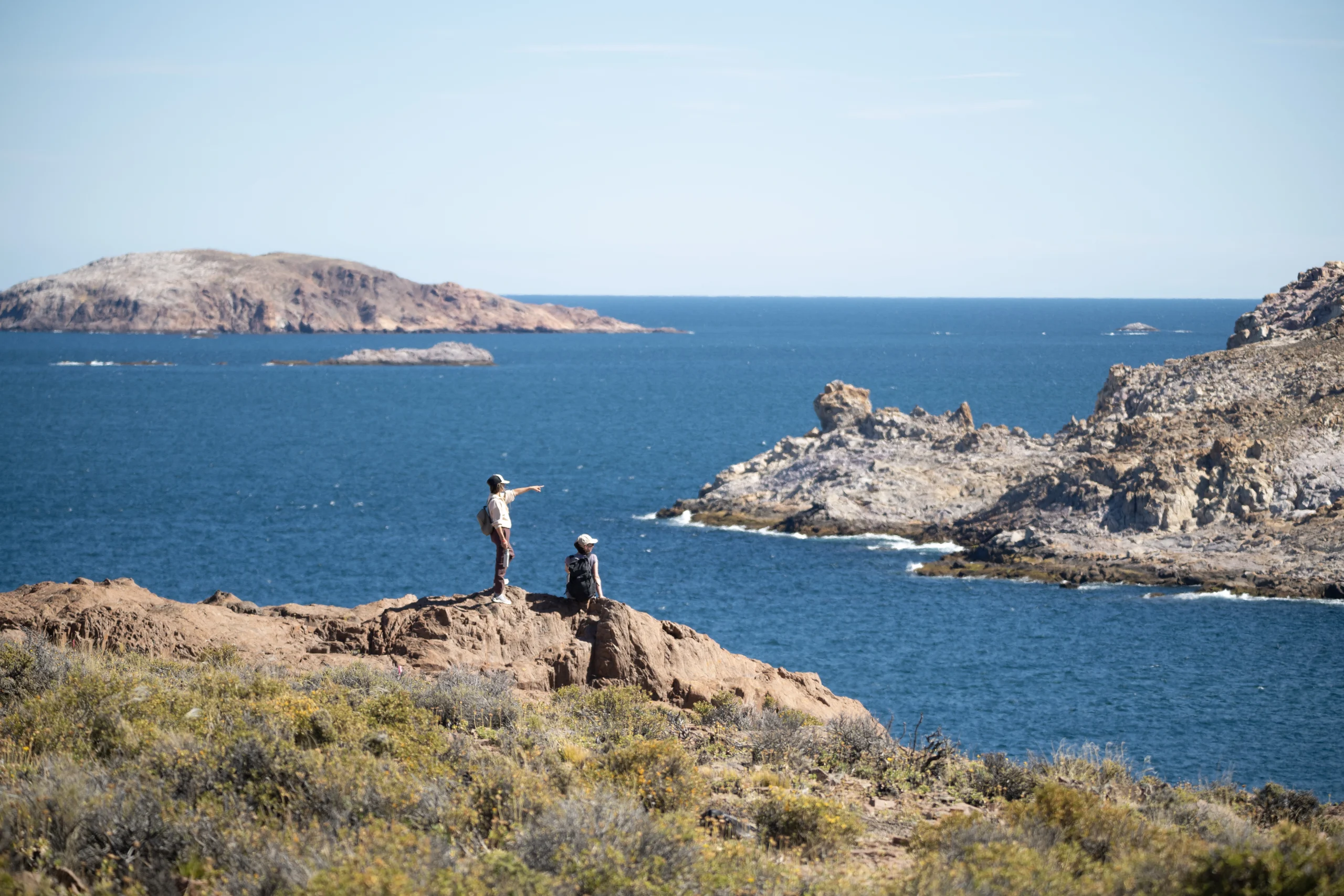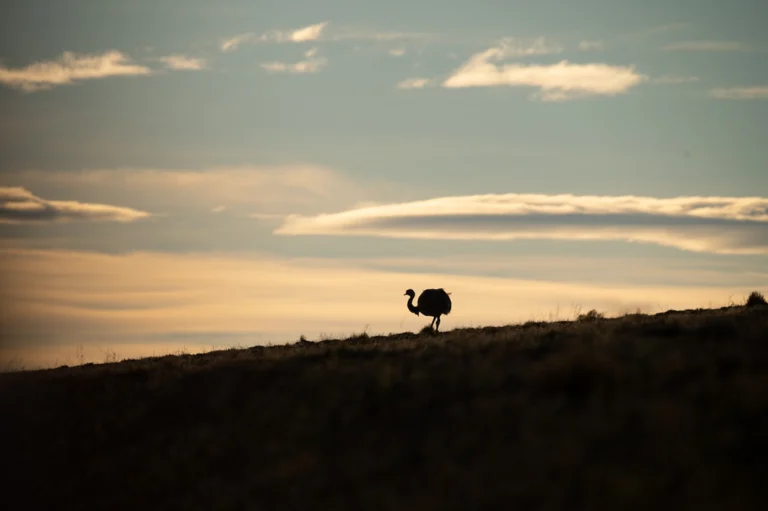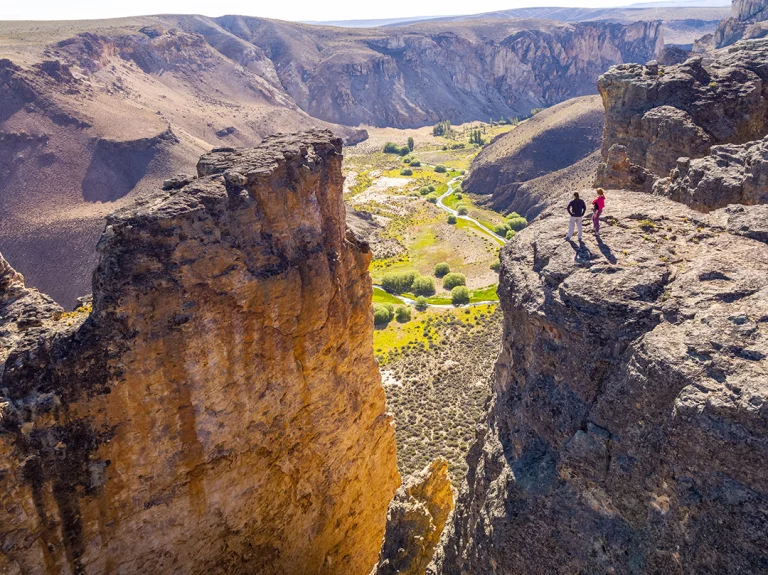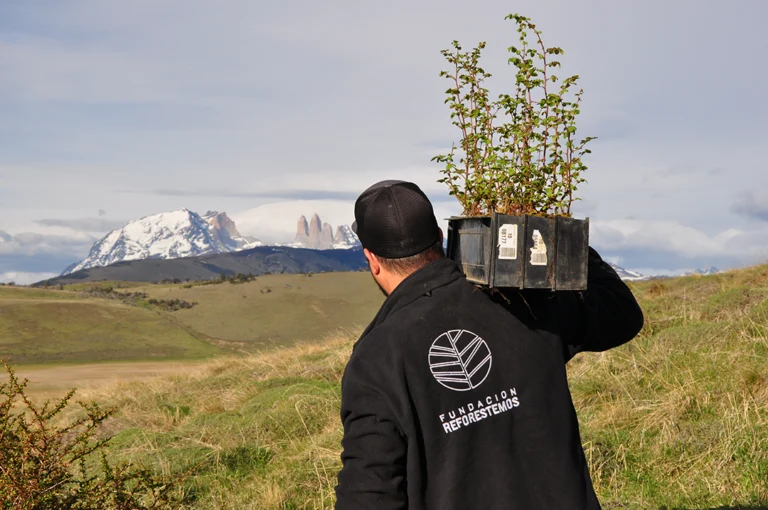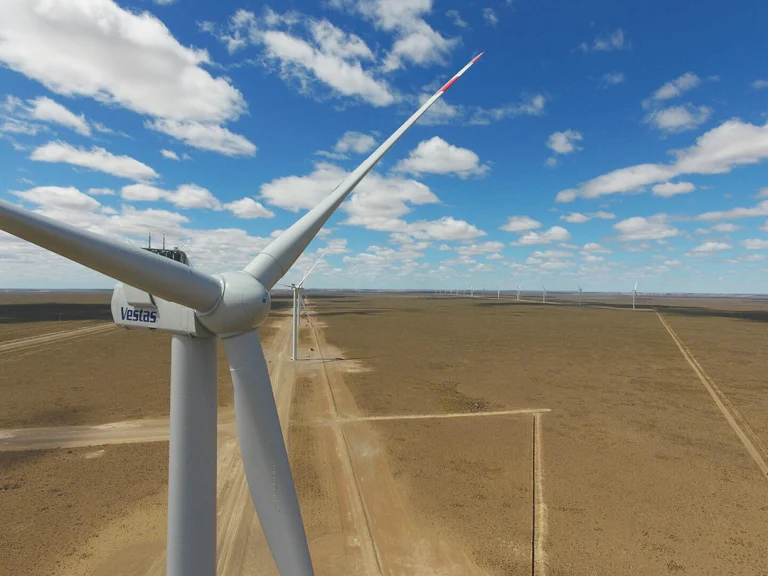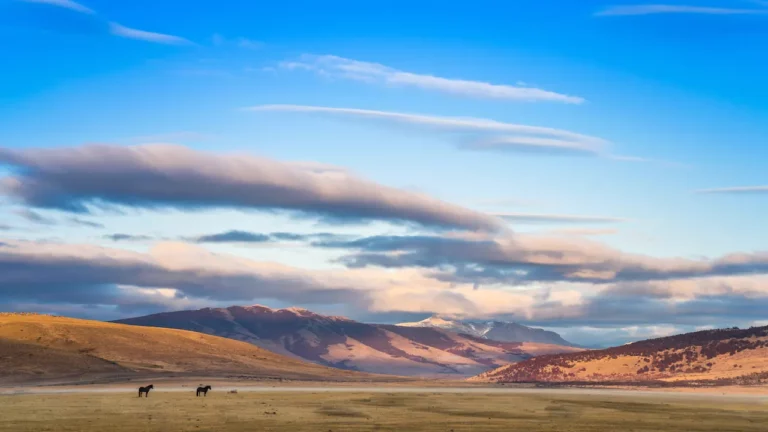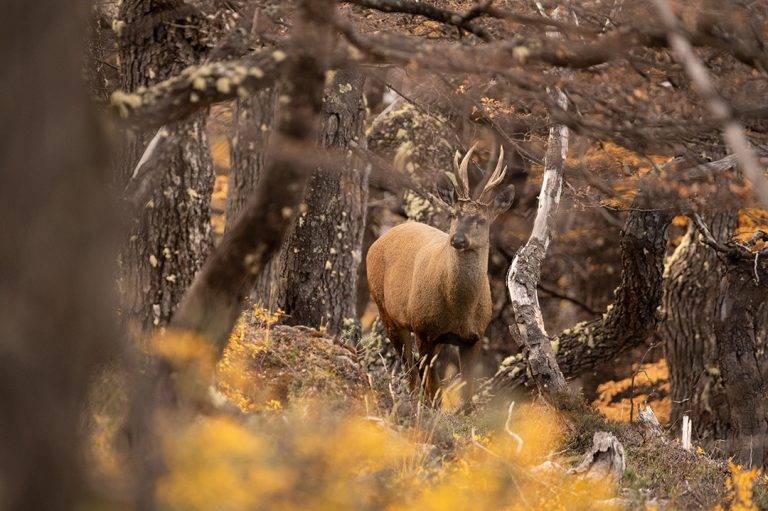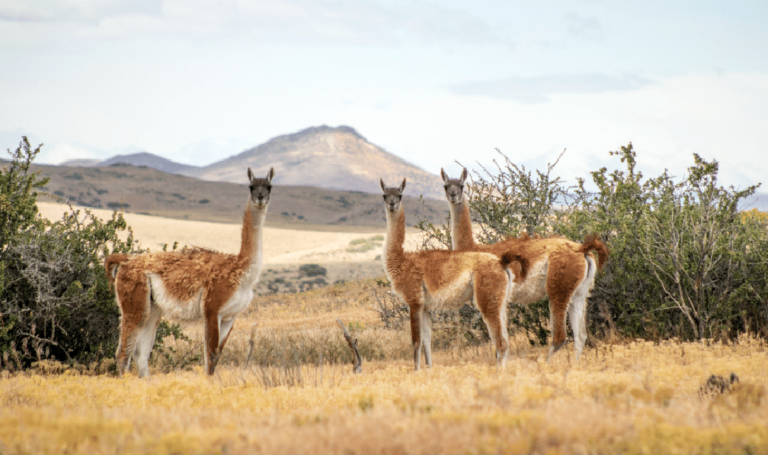The province of Chubut has marked a turning point in the history of Argentine with the creation of Patagonia Azul Provincial Park Revolutionizes Conservation and Tourism, this is a vast coastal-marine protected area of 295,135 hectares, equivalent in size to the emblematic Yosemite National Park in the United States.
This decision, approved unanimously by the provincial Legislature, positions Chubut as a reference in the protection of marine biodiversity and sustainable development based on nature tourism.
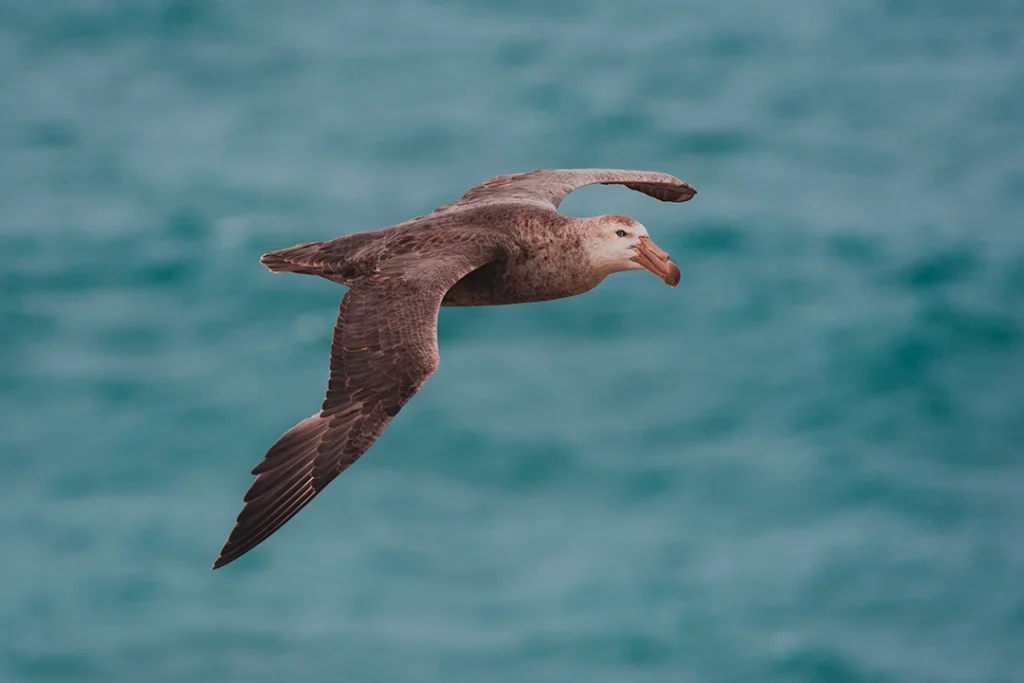
A Blue Giant for Conservation
The Patagonia Azul Provincial Park encompasses the Patagonia Azul Interjurisdictional Coastal Marine Park (PIMCPA), the Cabo Dos Bahías Natural Protected Area, and adds 200,000 additional hectares, consolidating the legal protection of one of the most biodiverse areas of the Argentinean Sea. This is the first time that Chubut creates a provincial marine park, a milestone that expands the system of protected natural areas in the province and strengthens the joint work between the provincial government, the National Parks Administration, civil society organizations and the local community of Camarones.
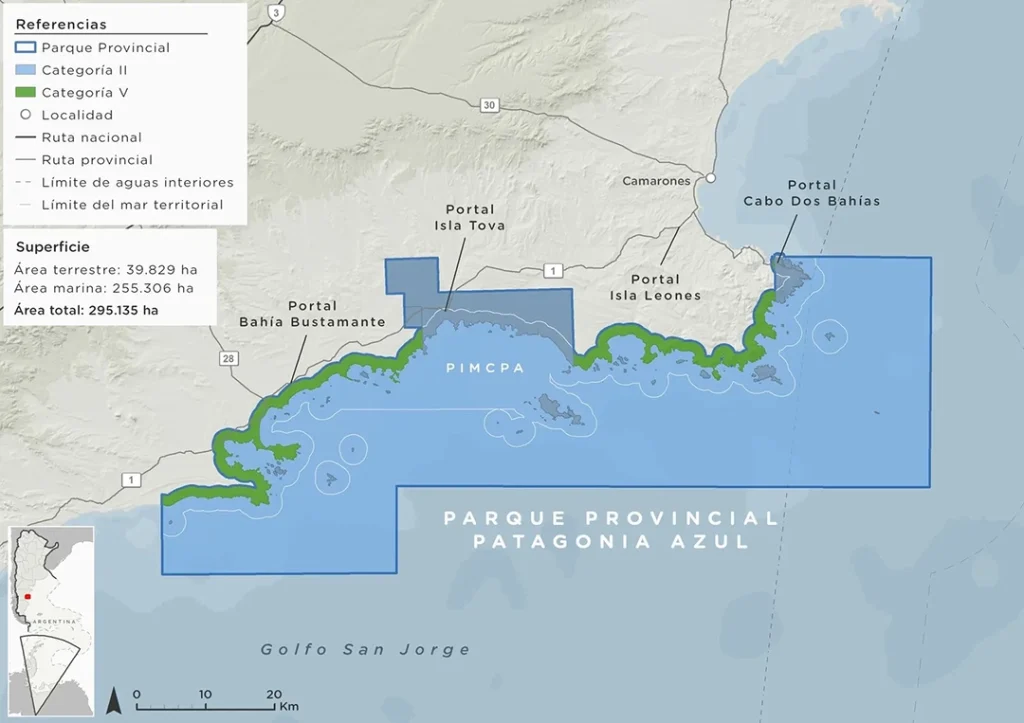
Exceptional Biodiversity
This extensive territory is home to more than 50 species of marine birds, of which 13 use the more than 60 islands and islets of the region as nesting sites. Among the emblematic species that find refuge in Patagonia Azul are the humpback whale, the Sei whale, the single and double fur seals, the Magellanic penguin, the giant petrel and the imperial cormorant. In addition, the macroalgae forests, rocky intertidal environments and insular ecosystems support a rich diversity of fish and invertebrates, consolidating the park as a true marine sanctuary.
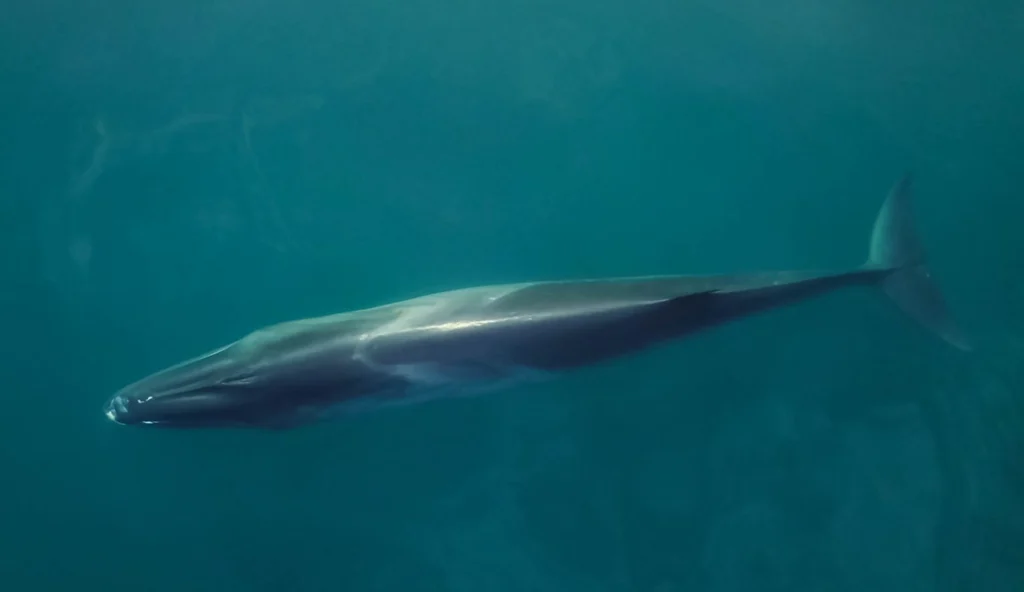
Economic and Social Impact: Nature Tourism as a Regional Engine
The creation of Patagonia Azul not only responds to an ecological need, but also represents a strategic opportunity for regional economic development. Nature tourism, especially marine fauna and bird watching, is projected as the main engine of local growth, capable of multiplying employment and diversifying the area’s economy.
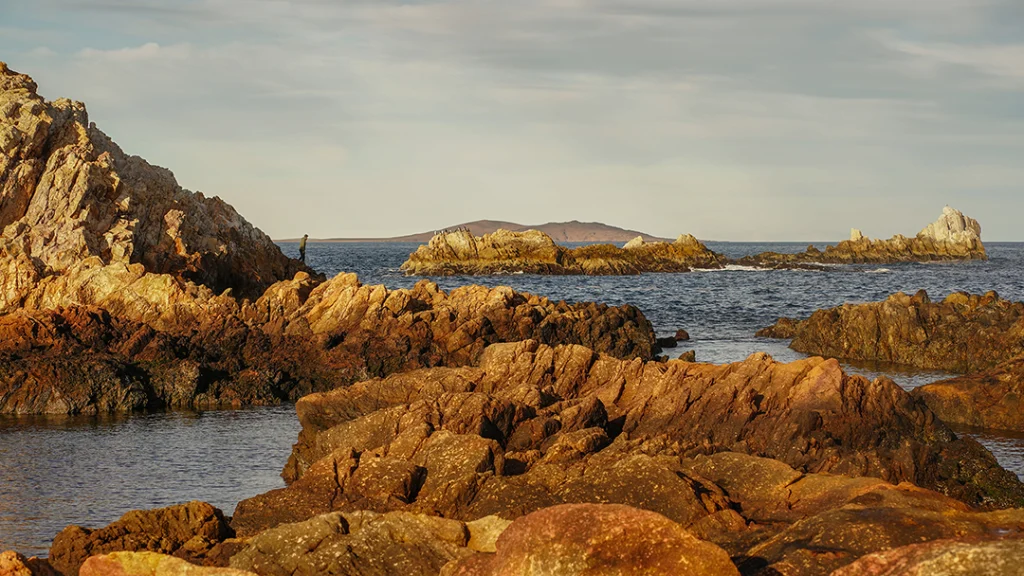
Growth Projections
It is estimated that the number of visitors could increase fivefold in the next ten years, from 28,000 to almost 44,000 tourists per year in peak development scenarios.
The added value generated by tourism could increase up to five times, reaching between 3.4 and 8.5 million dollars per year in a decade.
Employment linked to nature tourism could grow from 179 to 445 direct jobs, mainly benefiting the lodging, gastronomy, transportation, and recreational activities sectors.
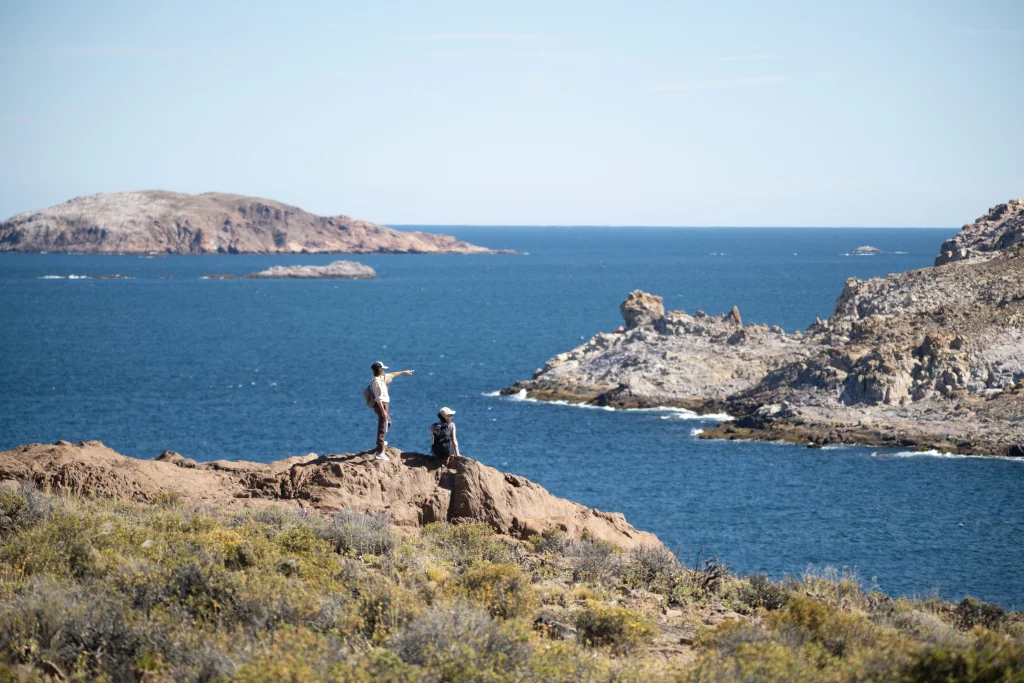
Challenges and Strategies
Tourism development in Patagonia Azul Provincial Park faces challenges such as remoteness from urban centers, limited infrastructure, and low connectivity. To overcome these obstacles, a comprehensive strategy is proposed that includes:
Improving road connectivity and creating scenic routes that enhance the visitor experience.
Creation and promotion of marine and coastal wildlife watching activities.
Development of access portals, infrastructure for public use, lodging, and tourist services.
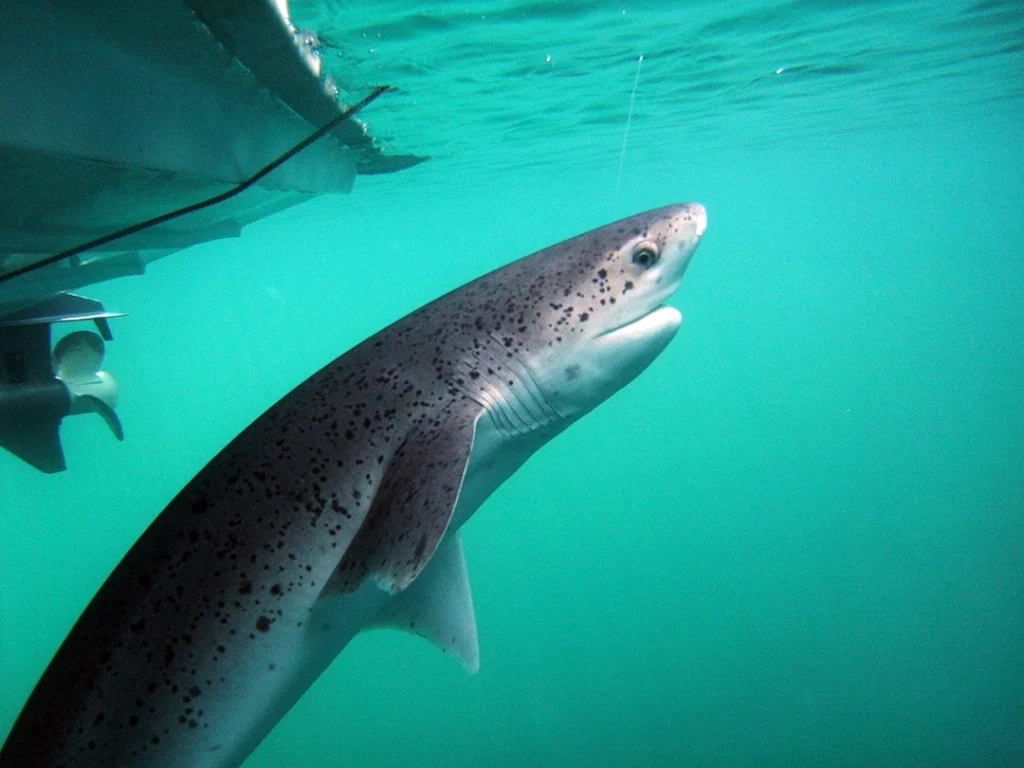
A Sustainable Development Model
The creation of Patagonia Azul Provincial Park sets a precedent for other coastal provinces, demonstrating that ecosystem protection and economic development can go hand in hand. By integrating biodiversity conservation with employment generation and the promotion of nature tourism, Chubut is positioning itself as a model of sustainable management and vision for the future.
In sum, Patagonia Azul Provincial Park is now not only the second most important nature destination on the Atlantic coast of Chubut -larger than Los Alerces National Park and ten times the size of Punta Tombo- but promises to become a true engine of sustainable development and a source of inspiration for marine conservation throughout Argentina.
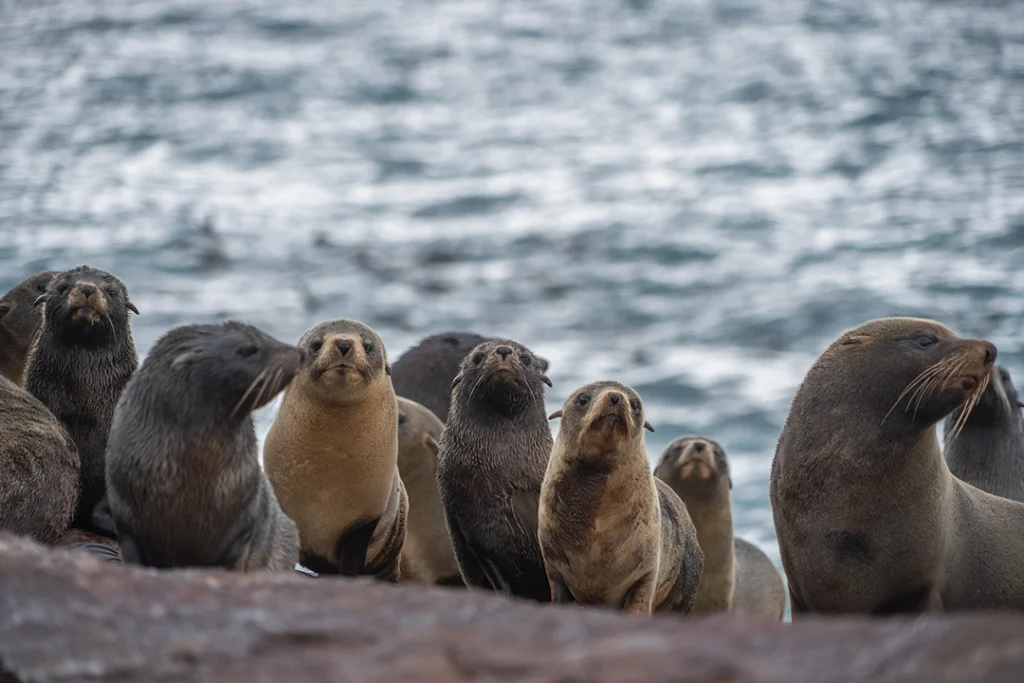
Sources:
- https://laderasur.com/articulo/un-hito-para-argentina-crean-parque-provincial-patagonia-azul-en-chubut-la-primera-area-protegida-costero-marina-de-la-provincia/
- https://efe.com/medio-ambiente/2025-05-01/argentina-nuevo-parque-patagonia-chubut/
- https://www.pagina12.com.ar/822216-chubut-hace-historia-con-la-creacion-del-parque-provincial-p
More information
Fundación Rewilding Argentina represents an innovative approach to conservation, combining ecological restoration with the sustainable development of local communities.
The Foundation is a non-governmental organization dedicated to reversing the species extinction crisis and restoring complete and functional ecosystems in the country. Its main focus is rewilding, a conservation strategy that seeks to reintroduce locally extinct native species and recover essential ecological processes.
Founded in 2010 by Argentine conservationists, the foundation is the successor to The Conservation Land Trust, created by Doug Tompkins in 1992. Rewilding Argentina works closely with Tompkins Conservation and is a member of the Global Rewilding Alliance.
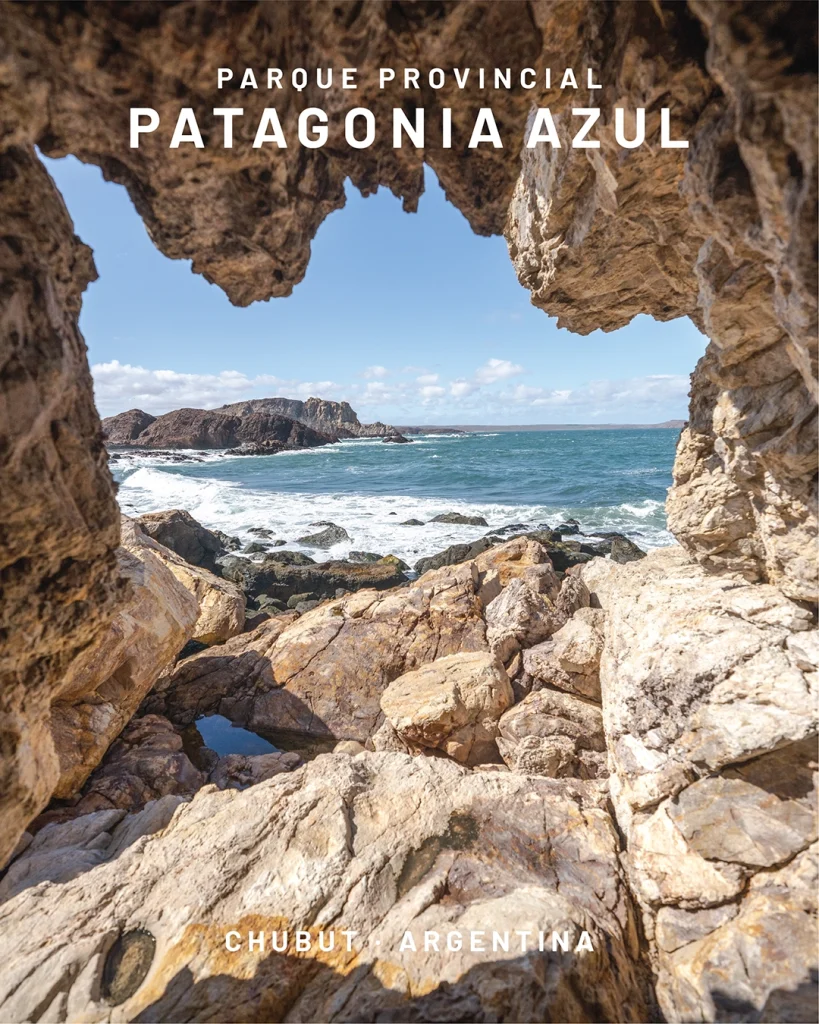
Featured projects
The foundation has led ecological restoration projects in several regions of Argentina:
Iberá National Park (Corrientes): species such as the jaguar, giant anteater, marsh deer, tapir and giant otter have been reintroduced. These actions have transformed the area into a model of conservation and ecotourism.
El Impenetrable National Park (Chaco): Jaguars have been reintroduced in a region where they had almost disappeared, revitalizing the Gran Chaco ecosystem.
Patagonia National Park (Santa Cruz): The foundation has acquired and donated land to expand the park, including areas such as the Cueva de las Manos World Heritage Site.
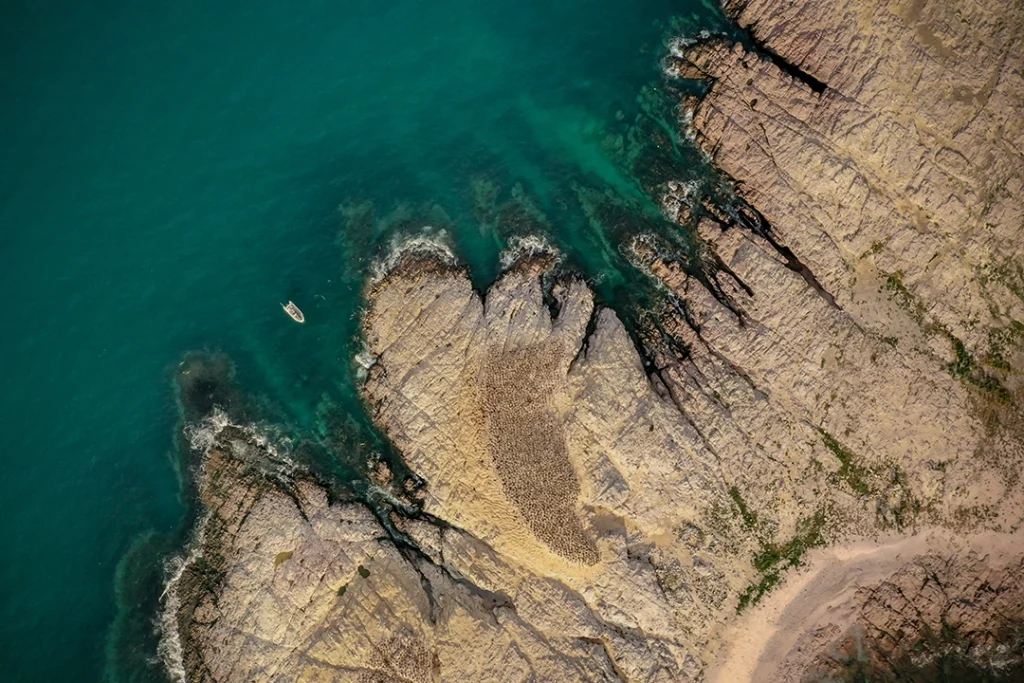
Social and economic impact
In addition to conservation, Rewilding Argentina promotes restorative local economies through ecotourism and community participation. In Iberá, for example, local communities have shifted from cattle ranching to sustainable tourism activities, generating economic benefits and strengthening commitment to conservation.
